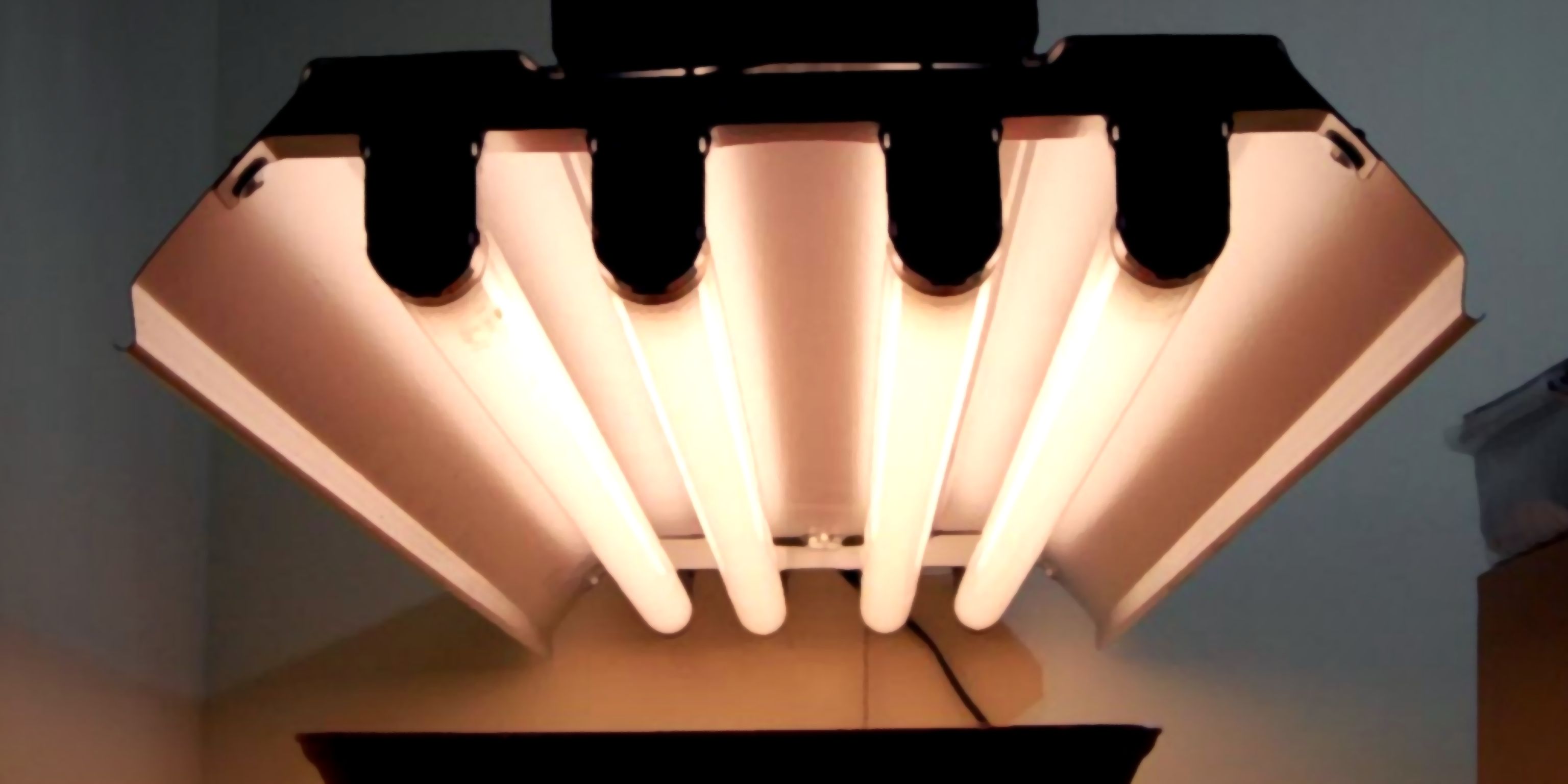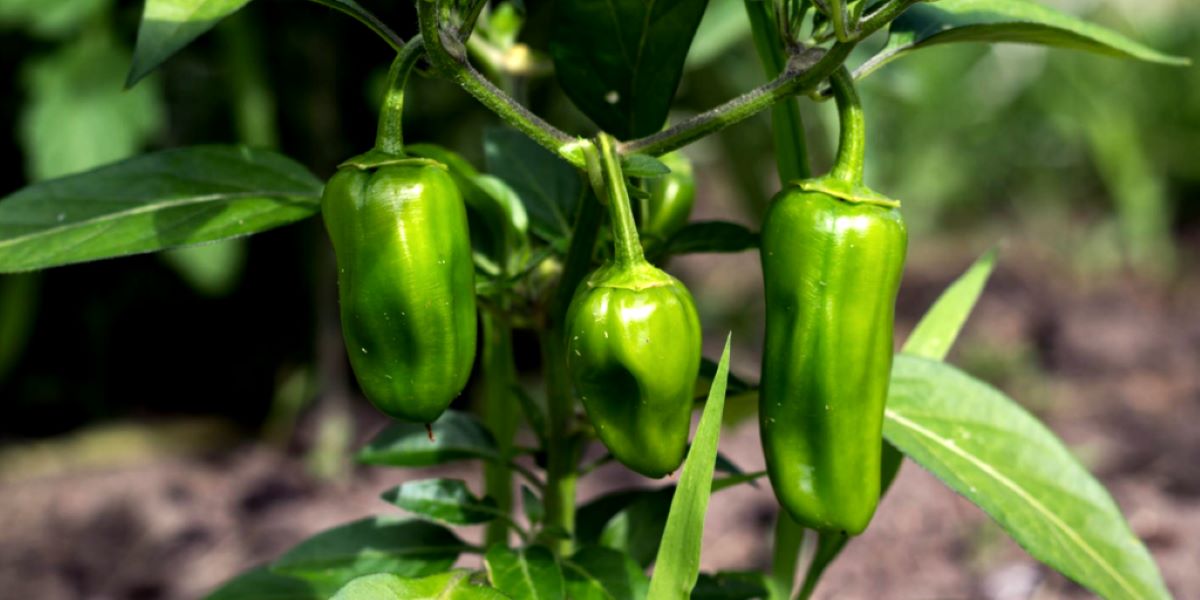How To Grow Chilies Indoors Under Lights?

Chili peppers are a popular crop to grow at home, but for those who live in cooler climates or have limited garden space, growing them indoors under lights is an excellent option. However, growing chilies indoors requires the right amount of light, temperature, and humidity.
The right conditions will allow your plants to thrive and produce delicious fruit. This article will explore how to grow chilies indoors under lights and provide tips to ensure your plants are healthy and productive.
Are you a chili pepper lover who wants to learn how to grow chili pepper plants at home? Look no further! Click below to find out which must-have books will guide you through the process of growing your own chili peppers...
Light is the most critical factor when growing chili peppers indoors. In nature, chili peppers grow in full sun, which can be challenging to replicate indoors. However, with the right types of bulbs, fixtures, and natural light sources, you can create an environment that promotes healthy growth and abundant fruit production. Artificial light is an excellent option for indoor growing, and many gardeners prefer LED grow lights.
It's crucial to research which type of chili pepper you're growing and their specific requirements to ensure that you're providing the best possible growing conditions. With the right care and attention, you can grow healthy and delicious chili peppers right in your home.
Table of Contents
How much light do chili plants need?
Chili plants require plenty of light to grow and produce fruit. Generally, they need at least 6-8 hours of sunlight per day to thrive. However, providing natural light can be a challenge indoors, especially during the winter months.
Artificial light is an excellent option for indoor growing, and many gardeners prefer LED grow lights. It is recommended to provide your plants with light at least 14-16 hours per day, but be careful not to provide too much light.
Can chili plants get too much light?
While chili plants need plenty of light, it's possible to give them too much. If your plants are exposed to excessive heat or light, they may suffer from leaf burn or other issues.
It's also important to keep the temperature and humidity levels around your pepper plants in check. Keep the humidity levels around your pepper plants at around 50%, and avoid placing your plants too close to a heat source.
Do chili pepper seeds need light to germinate?
Yes, chili seeds require light to germinate. When starting your seeds, use a well-draining soil mix in a container with drainage holes. Sow your seeds according to the instructions on the seed packet, and keep the soil moist.
Place the container in a warm, bright spot, or use a seed-starting kit with artificial light to help your seeds germinate. Once your seeds have sprouted, provide the pepper seedlings with an extra light for a minimum of 14-16 hours per day. It is recommended to use a timer to ensure that your plants receive a consistent amount of light.
Choosing the ideal indoor grow lights for chilies
When choosing the best grow lights for your chili plants, there are several options to consider. Standard cool-white fluorescent lights can be used. Yet, many chili growers prefer the Sylvania Gro-Lux with its pink and purplish light, or Vita-Lites, which approach 92% of the spectrum of natural sunlight.
LED grow lights are also an excellent option, with many types available on the market. When choosing your grow lights, consider the height and size of your plants and the amount of space you have available.
Fluorescent grow lights
Fluorescent lights are a popular choice for growing hot peppers indoors. They're relatively inexpensive, emitting a broad spectrum of light ideal for plant growth. If you're using fluorescent grow lights, keep them close to your plants to ensure they're receiving enough light. Also, providing your plants with 14-16 hours of light per day will promote their growth and fruit production.
LED Grow Lights
LED grow lights are becoming increasingly popular among indoor gardeners. They're energy-efficient, long-lasting, and can be customized to emit specific wavelengths of light. You can save between 50% and 60% of energy compared to other types of grow lights if you choose to use LEDs.
Research has shown that when chili pepper plants are placed under a light that is around 95% red, they produce the most flowers. LED grow lights are available in various sizes and shapes, so it's easy to find one that suits your space and the specific needs of your chili plants.
Related questions about growing chilies under grow lights
To ensure your chili plants thrive, creating the ideal indoor environment for them is essential. Keep the temperature around your plants between 20-24°C, and provide good air circulation. Additionally, use a good-quality fertilizer to promote growth and fruit production.
Be sure to keep the soil moist but not too wet, as pepper plants do not like sitting in water. Providing your plants with a container with drainage holes will help avoid waterlogging.
The ideal indoor environment for growing chilies
To create the ideal indoor environment for growing chili peppers, it's important to keep a few things in mind. Firstly, ensure that your plants receive enough light and that the temperature and humidity levels around them are ideal.
Keep the humidity levels around your pepper plants at around 50%. It's essential to research which type of chili pepper you're growing and their specific requirements to ensure that you're providing the best possible growing conditions. Also, avoid placing your plants too close to a heat source and ensure they receive good air circulation.
Conclusion
Growing chili pepper plants under lights can be an excellent way to produce fresh, flavorful fruit all year round. With the right types of bulbs, fixtures, and natural light sources, you can create an environment that promotes healthy growth and abundant fruit production.
Remember to monitor your plants' light, heat, and humidity levels and adjust as necessary to ensure your plants thrive. By following the tips outlined in this article, you'll be able to grow healthy and delicious chili peppers right in your own home.
One of the great benefits of growing chili peppers indoors is that it allows you to experiment with different varieties and flavors you may not find in your local grocery store. From mild to super-hot, there's a chili pepper for every taste preference.
Additionally, growing chili peppers indoors is an excellent way to save money on buying them at the grocery store, and it's also a rewarding experience. There's nothing quite like harvesting your own fresh chili peppers and using them in your favorite dishes.
In conclusion, growing chili peppers indoors under lights is an excellent option for those who want to enjoy fresh, flavorful chili peppers all year round. Whether you're a seasoned gardener or just starting, growing chili peppers under lights is a rewarding experience that can help you save money, try new flavors, and add some heat to your cooking.
References
- https://growingchillies.net/how-to-grow-chilies-indoors-with-led-grow-lights/
- https://herbswithin.com/growing-peppers-indoors-with-grow-lights/
- https://www.bountifulgardener.com/growing-chillies-under-lights-grow-lights-for-indoor-pepper-plants/
- https://www.fieryfoodscentral.com/2008/11/27/growing-peppers-under-artificial-light/
- https://homeguides.sfgate.com/growing-peppers-indoors-photoperiodism-47726.html



